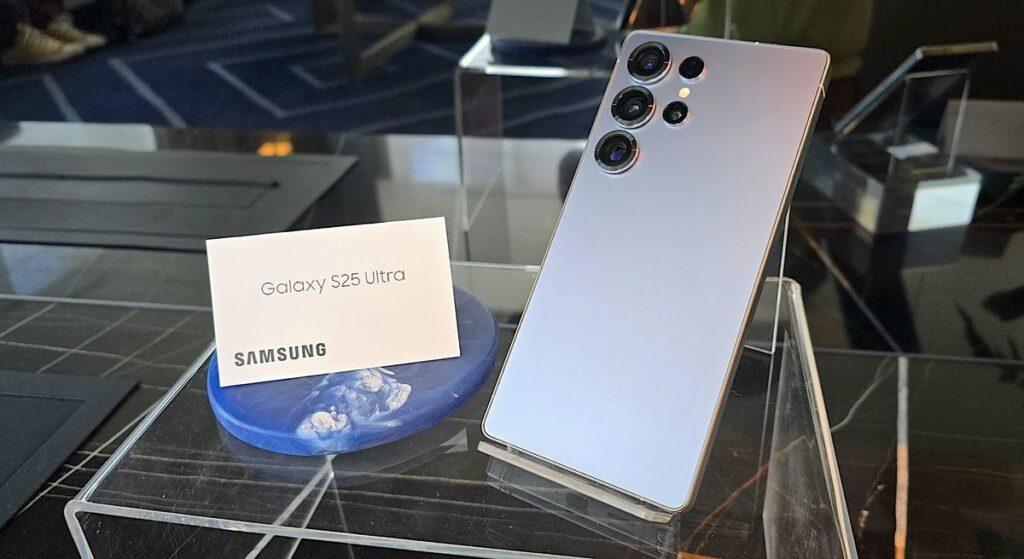- Samsung has adopted the Content Credentials standard for AI-edited images
- The Samsung Galaxy S25 range will be the first phones in the world to work with the standard
- Standard adds a tag and metadata to AI-edited images created on a Galaxy S25 device
Most of the attention in Samsung Galaxy Unpacked was obviously devoted to the new phones, those in the Samsung Galaxy S25 range, but there was something quite important that went unnoticed, and that is the adoption of Content Credentials.
In 2024, the adoption of a standard to mark the creation of digital images and content was a hot topic, particularly due to the rise of generative AI and the ensuing plague of art theft to train large language models. Tech companies have begun adopting their own metadata markers and watermarks to indicate AI tampering, but a standard for identifying the legitimacy of an image has often been omitted.
One of the pioneers of this standard is Content Credentials, supported by the Content Authenticity Initiative (CAI). The tool is developed by Adobe and the Initiative has Microsoft, Getty Images and Nvidia as members, to name a few.
With this announcement, Samsung joins the Coalition for Content Provenance and Authenticity (C2PA), which unifies the work of the CAI and its Content Credentials standard with Project Origin, another organization that fights against disinformation but anchored in a news ecosystem that can verify the authenticity of content.
“We’re excited to share that Samsung will be implementing #ContentCredentials for AI-generated images at #GalaxyS25!” C2PA wrote on LinkedIn. “Samsung is committed to taking an important step to bring transparency to the digital ecosystem.”
If you suspect an image has been altered with AI, you can place it in a tool created by Adobe to verify its authenticity.
Think of Content Credentials as a ledger containing content information; what device it was captured on, what program (or AI tool) it was modified with, even what settings were activated when the original image was created.
With this standard in tow, AI-generated and altered images produced on Samsung Galaxy S phones will receive a metadata-based label, which will basically indicate that AI has altered what you’re seeing. The ‘CR’ watermark will also be added to the image. While the S25 family is the first set of phones to include metadata marking on images, it follows camera companies Nikon and Leica, which have also signed up to the standard.
The standard is, overall, a win for creatives looking to protect their work, but the obvious problem with any standard is a lack of enthusiasm. If there are not enough companies producing AI tools that adopt standards that allow AI-altered content to be easily detected, then such a system will be worthless.
With more than 4,000 members under the wing of the Content Authenticity Initiative, we expect tools to effectively flag AI usage to keep pace with the growing capabilities of such tools.




